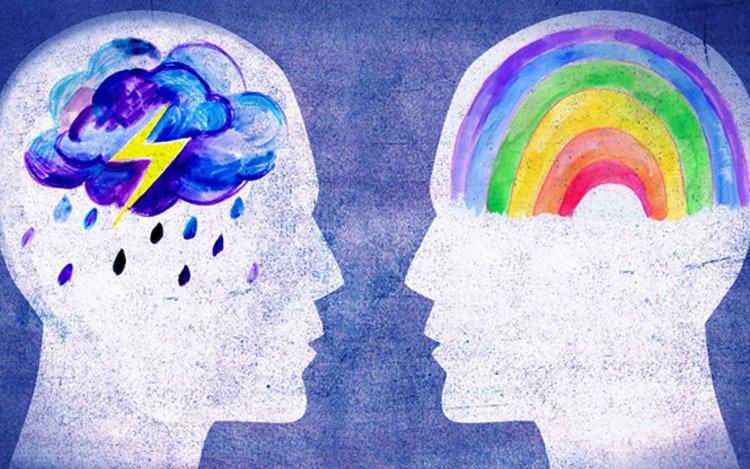The World Is Our Field Of Practice
with Angel Kyodo Williams
She’s one of our wisest voices on social evolution and the spiritual aspect of social healing. Angel Kyodo Williams is an esteemed Zen priest and the second black woman ever recognized as a teacher in the Japanese Zen lineage. To sink into conversation with her is to imagine and nourish a transformative potential of this moment towards human wholeness.
Listen to two great interviews with her below…
The World is our Field of Practice with Angel Kyodo Williams & Krista Tippett ON BEING
Bridging Spirituality and Activism with Angel Kyodo Williams & Sharon Salzberg
Educating the Heart
with HH the Dalai Lama
Non-Violent Communication
Non-violent Communication (NVC), or Compassionate Communication was developed by Marshall Rosenberg in the 1960’s as a tool for non-violent living.
Our words are incredibly powerful, and have the potential to both separate, and connect people. Becoming conscious about the way we choose to use language can enable us to express ourselves more clearly, as well as hear others with new ears, creating greater opportunity for understanding.
Although there is perhaps a lifetime worth of learning about NVC, there are some basic steps that can be followed to begin practicing its foundational teachings on the language of compassion.
Before you attempt this process in a high conflict situation, you might first try this process with someone whom you feel easeful and comfortable. You might even adopt this process in your closest relationships in an ongoing way.
The first step is to look at the situation without any judgment. What is going on? Can you describe the situation in unbiased words?
The second step is to check-in, to feel what is going on inside yourself and to give space to everything you’re feeling and thinking. What do I feel? What are the thoughts running through my head right now? They are all okay! Don’t forget to breathe.
The third step is to look a little closer, with curious eyes. Wonder why you’re feeling and thinking everything you do. Where is this coming from, what do you need?
The fourth step is to look at the situation again. You can explore why it triggers you. It might be a voice in your head formed from previous experience or a reflexive response. You can do this exploration in the moment or after this moment has passed.
The fifth step is to respond. In this step, you can express the situation you have been observing, what you see, how that made you feel, and what you need. You can make a request. In this step, you can also ask what the other person needs and together you can work towards a solution.
De-centering & Mindfulness
There are several different understandings about de-centering: some from various psychological perspectives, some specifically related to social/political practices used to facilitate conversations related to oppression and privilege, and some still that appear in various spiritual traditions. Here, I will share a bit of a hybrid.
De-centering can be thought of as a practice of becoming aware of our own tendencies toward selfishness, and how these limit our ability to see another’s perspective. And further, to practice centering the person’s perspective, or seeing it through their eyes. In Buddhism, it is called switching or exchanging oneself for another.
Vipassana or insight meditation is the buddhist practice used to increase awareness of self and of others. For a guided Vipassana meditation by Tara Brach, click here.
Of course, self awareness, consideration of others, and compassion are practices that are meant to be utilized in our day to day lives, so our big work is to integrate them.
Consider adopting your own daily mindfulness practice. Aim for a consistent time each day, ideally in the morning, where you can practice cultivating self-awareness and tuning towards your heart’s intention of living mindfully, with loving-kindness and compassion. Choose a simple practice that feels right for you, such as the one linked above, another from the course materials, or just sit silently following your breath for 5 minutes.
You may also wish to note some reflections in your journal following your meditation. This can be a simple and non-judgemental way to notice and make visible how you are showing up in your day. Remember, practicing mindfulness is not about eliminating all negative thoughts. Instead, you might think of it as a practice of noticing yourself as you are, giving pause before acting on negative thoughts or tendencies, and leaning more toward acting from a mindful heart space.
Self-Forgiveness & Making Amends
Excerpt from Self-Forgiveness and Making Amends by Tara Brach
We are deeply imprinted by the suffering we have caused others. This imprint is sometimes felt as shame, guilt, or remorse, and it is our heart’s sensitivity calling us to attention. In the Buddhist teachings, such sensitivity can be intelligent and healthy—it plays an important role in awakening and freeing our hearts.
In contrast to our habit of beating up on ourselves, healthy shame is the signal that we have strayed from our deepest life values—it draws attention to a contracted, diminished sense of self—and it can energize us to realign with our hearts. Similarly, guilt focuses attention on our unskillful actions and can lead us to admitting our mistakes and making amends however we are able.
Self-forgiveness is often not even possible, and certainly cannot be complete, until we have in some way made amends to those we’ve injured. Making amends is not for the sake of satisfying an external standard of morality. Rather, it is an expression of our belonging to the world and to our own hearts.
Read the full blog post here.
““Karma means that all actions have consequences. Grace means that in a moment of atonement -taking responsibility, making amends, asking for forgiveness – all karma is burned.””





